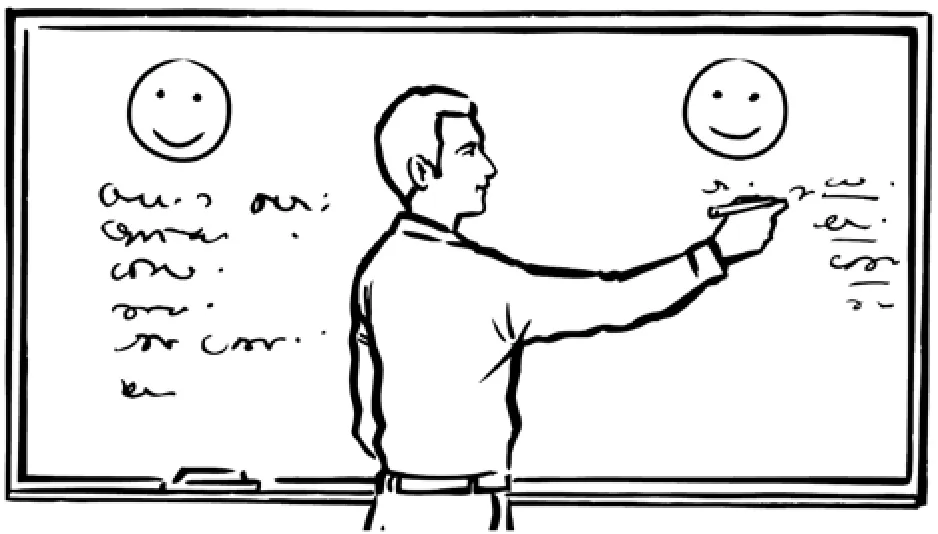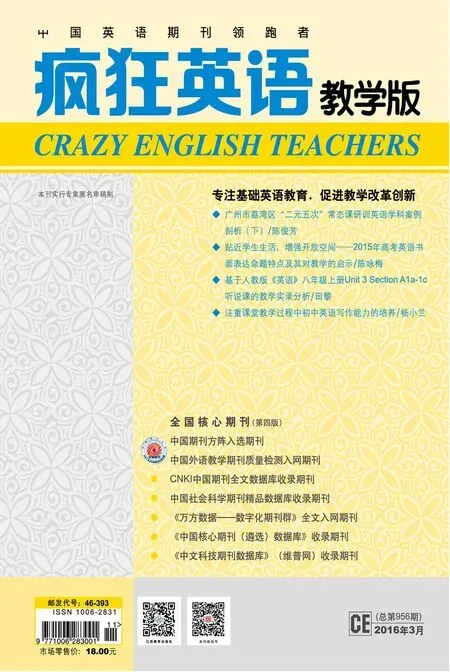Flexible Activities
Flexible Activities
This series of articles from the British Council aims to help you think about your teaching and bring new ideas and activities into your classroom.
The series covers topics including homework, working with large classes and fnding resources. Today we look at flexible activities.
Read these comments from teachers. Do you agree with them?
“We need activities to practise speaking,listening, reading and writing that we can use with all our classes.”
Kai, Kazakhstan
“Story telling, dictation techniques as well as songs and poems can be used with all ages and levels in the English classroom.”
Rafael, Argentina
Flexible activities that we can adapt to use with various levels and different ages are essential when we have limited resources and large groups. Here are some simple activities that can work at all levels. A chain story involves your students working in small groups to invent a story.
■ One student starts a story and the others listen. Then everyone take turns to tell a bit more of the story.
■ For lower levels, cards with pictures or words can help tell a story.
■ Encourage your students to use their imagination. Telling stories is good fluency practice so don’t worry if you hear mistakes.
■ A referee in each group can make sure students take turns and speak in English.
■ Set a time limit to control the activity then ask a few groups to tell their stories to the class.
■ Students could write the story their group created, either in class or for homework.
A dictogloss is a very fexible type of dictation which involves listening to the teacher, speaking in groups,writing and checking.
■ The teacher reads a short text to the students, who just listen. The teacher reads the text again, and the learners take notes. Then in groups they recreate the text from their notes.
■ To check the groups’ texts, volunteers can write the text on the board sentence by sentence while their classmates make any necessary corrections. The students don’t have to use exactly the same words as the original text but their writing must have the same meaning and use correct language.
■ For lower levels you can help students by giving them the text with words missing and they have to fll the gaps.
Songs and poems are usually very memorable and good fun. They can be used with older students as well as children.
■ We can ask students to listen for specifc words or grammar structures.
■ Students can learn a song or poem, complete the words or discuss the theme and write down the story in their own words.
■ Younger learners often enjoy singing along to songs with actions.
■ Find out what songs your students like but check that the words are suitable before you use them in class. Adapting these activities for your classes can help students at various ages and levels to practise different skills in English.
What do you think?
Lyutfya, who teaches in Tajikistan, writes:
A “fnd someone who” activity is really versatile. It’s a speaking activity that you can use to practise any language. The students have to try to fnd someone in the group who matches a description. I used this “fnd someone who” to practise using the present perfect for experiences:
The students made questions (“Have you been abroad?” etc) and then in groups ask each other the questions.
You can choose the language you want to practise with lower or higher levels.
A classroom activity—vanishing dialogue
The students invent a dialogue then try to repeat it from memory. This activity works well with all ages and levels.
■ Draw two faces on the board, students invent names for them. Ask the class to invent a short dialogue between the two people. Write the dialogue on the board as you build it up with the students.
■ Drill the dialogue. One side of the class takes the role of each person. Swap roles and drill again. With younger students add silly voices to keep it lively and interesting.
■ Remove a word or phrase and drill again. Students have to remember the dialogue without the missing words.
■ Gradually remove more words until all the dialogue has gone. Drill each time you remove a part of the dialogue.
■ Put students into pairs. Can they remember the whole dialogue?
■ In groups students write a similar dialogue. Monitor and help.
■ Students could then act out their dialogues in front of the class.

Glossary
A dialogue is a conversation between two people.
In a dictation, the teacher reads a text. The students listen and write.
In a drill, the students repeat the teacher’s words.
Fluency is how well a learner communicates meaning—mistakes are not important.
Monitoring is watching and listening to learners while they are doing an activity but not leading them in the activity.
Think about
■ How could these activities ft with your teaching plans?
■ What other fexible activities can you share with your colleagues?
On the board I wrote: • fnd someone who has been abroad • fnd someone who has eaten something really strange • fnd someone who has done a bungee jump

